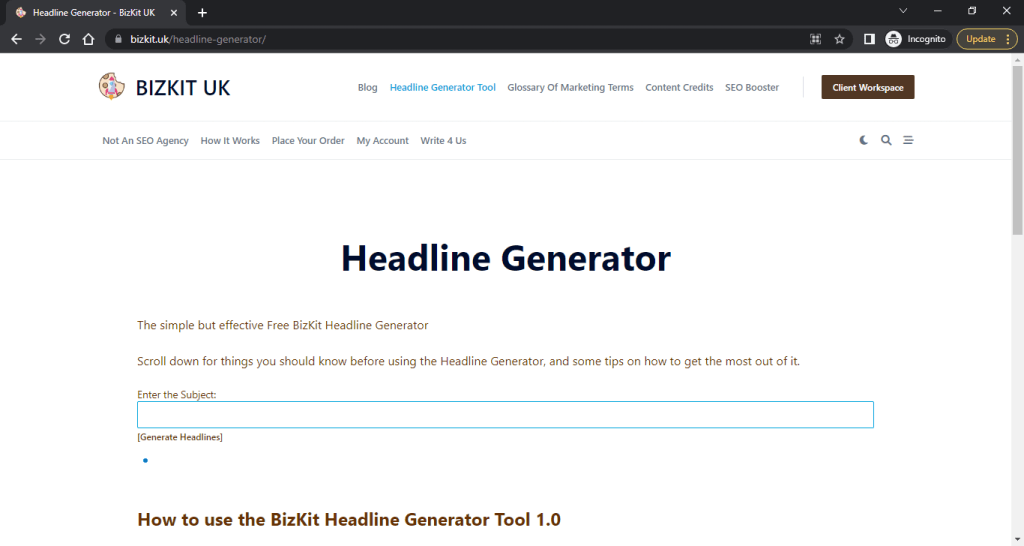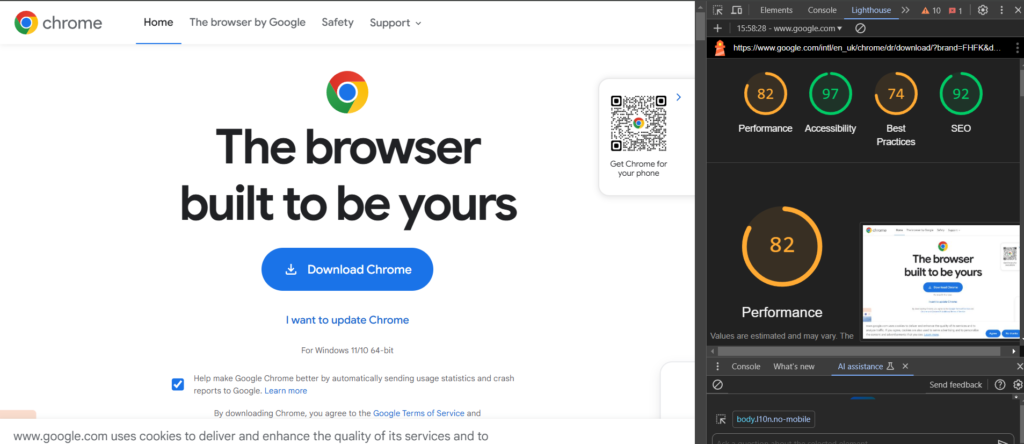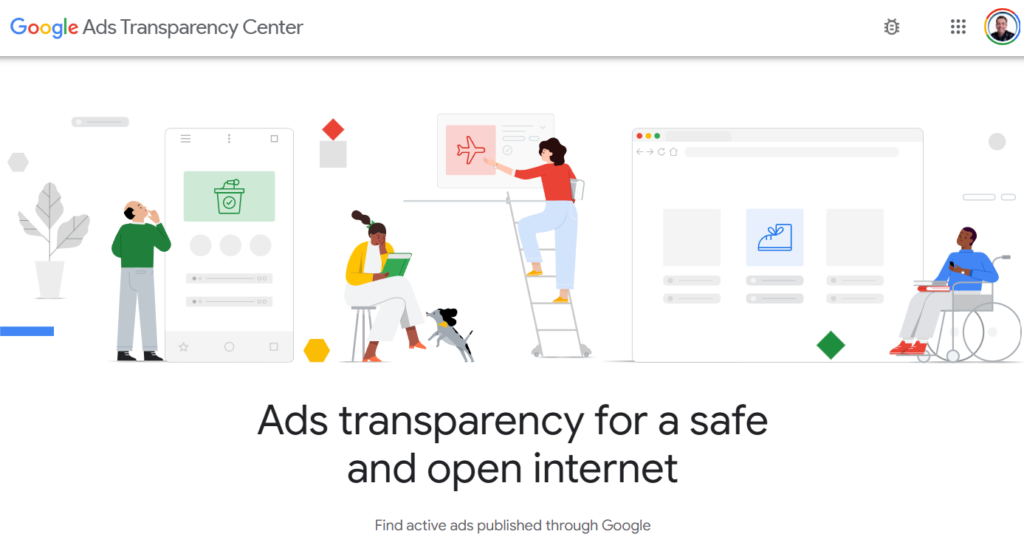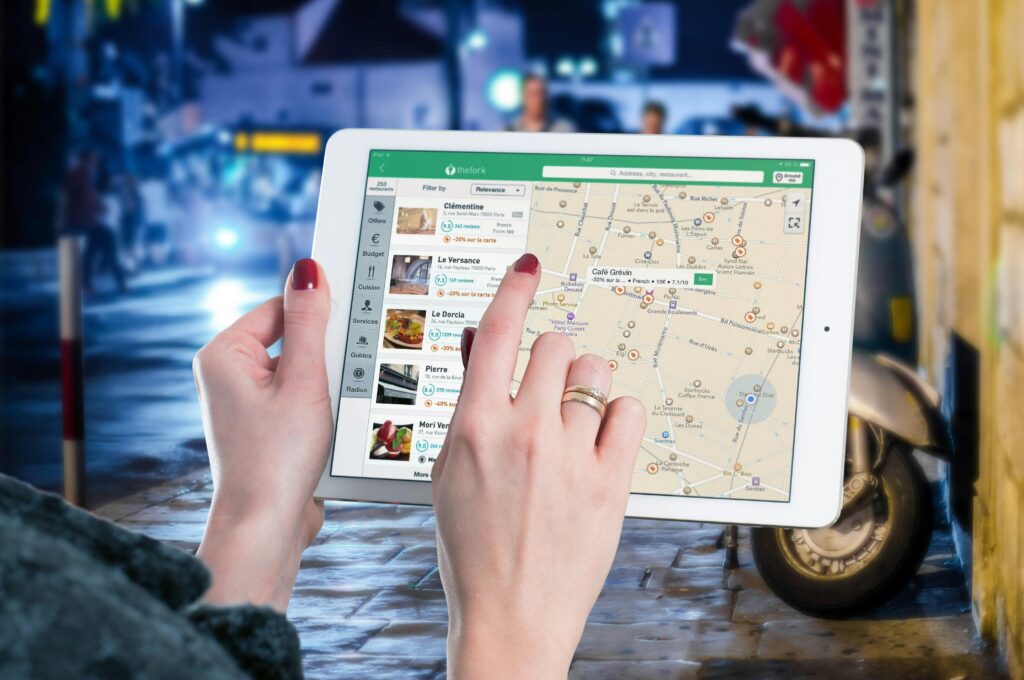A good headline can determine whether someone reads your article or not. Whether you’re writing headlines for blogging sites, the front page news, or an emotional feature story, it’s important to understand the most effective ways to craft a better headline.
1. Be Clear
Word arrangement and punctuation can affect the meaning of your headline. Be clear and direct with your word selection and avoid using obscure words or acronyms that can confuse everyday readers. Good headlines are easy to read and digestible. The reader should see the headline and have a clear idea of the article’s contents. And it should be quick and easy.
2. Be Concise
When crafting a good headline, use as few words as possible to preview your article’s main point. Use active verbs that deliver an image and make your headline as direct as possible without being too wordy. If you’re writing for an online publication, a concise title is critical because it can help the article rank higher in online searches.
3. Practice
Brainstorm different headline ideas for the same article, and list your best attempts. Read each headline aloud, which sounds the most straightforward, concise, and compelling. Visit your favourite blogs or read emails in your inbox, and practice rewriting their headlines. This will soon be a habit and will improve your writing significantly.
One thing I used to do was signup for affiliate marketing offers, because once you’re on their list, these guys try every trick in the book to get you to click. You can even think up clever headlines for stories you hear or situations your see, on your daily commute. – This is a great copywriting technique too. Do it often and coming up with a good headline will become second nature.
4. Avoid Clichés and Puns (most of the time)
As a general rule, don’t use Puns or clichés. When a headline is too ‘cliché’ it can be off-putting to the reader or appear lazy writing. Also, when you use clichés, which are effectively other people’s words, you may end up crafting a headline that doesn’t fit your publication or brand’s tone can make your readers change their minds about reading your writing.
But If you are smart about it, you can use clichés and puns ‘with a twist’ like this example:
Now, the oyster is his world
Or this one (if you are old enough):
Party like it’s £19.99
Sometimes it ‘just works’ to use a cliché. And of course, many GREAT copywriters used clichés; Gary Halbert – often used clichés like “But wait, there’s more!” in his direct mail writing and Joe Sugarman used “Limited time offer” in his writing. – And who can argue with these Copywriting greats?
If you’re going to use a play on words, keep it fresh and original, and avoid using puns or alliteration if they don’t suit your tone.
5. Use a Template or a Tool
Some might say it is called COPYwriting for a reason! Some headlines work because they fit a tried and tested format. So why not use headline templates? Templates can help outline the proper structure for a headline so that you can write your own more effectively. You don’t need to copy it word for word. After all, you don’t need to reinvent the wheel, but if you compare the wheels of today and the wheels of yesteryear, things have certainly improved.
So how do you find proven headline templates? – why not start here, with our simple but effective Headline Generator Tool?




